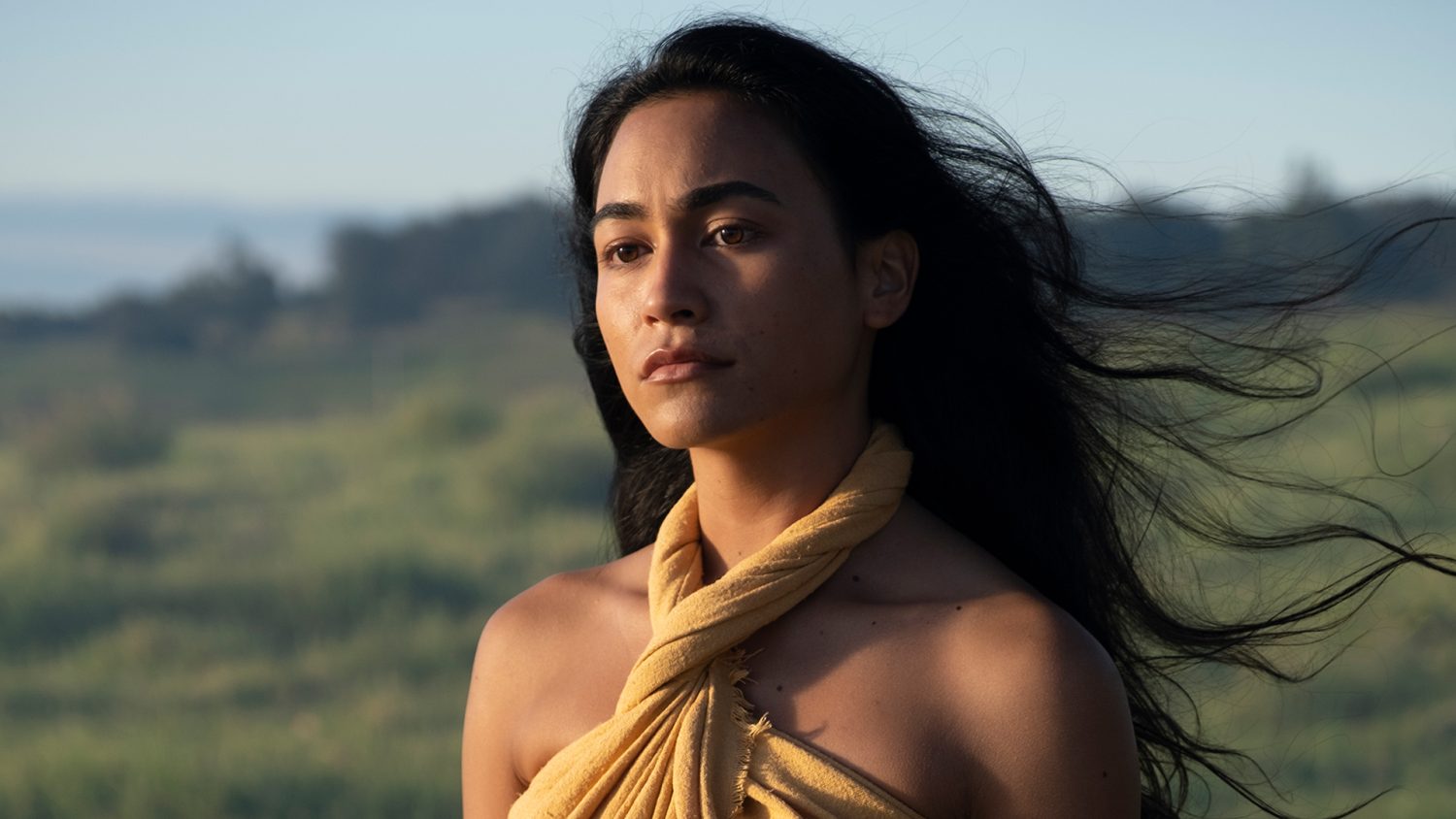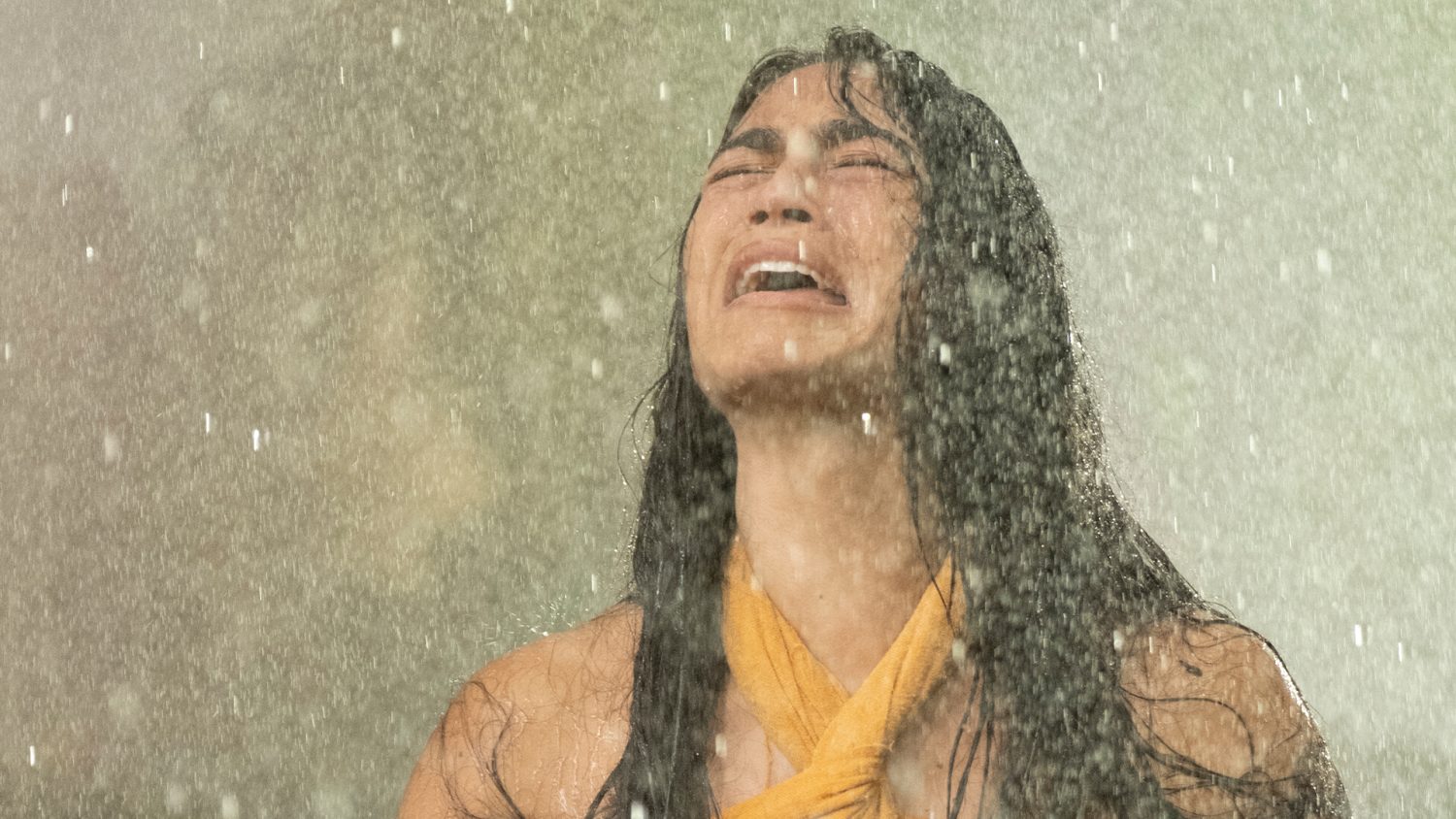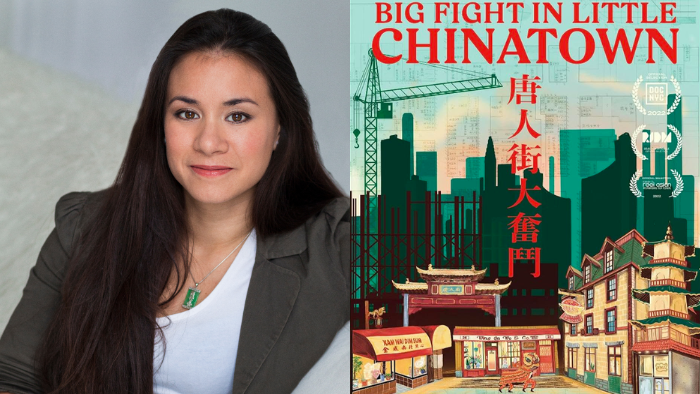There’s a scene that’s a staple in old Westerns — a cowboy standing alone, gun in hand, all the while protecting his town from a band of miscreants. And that’s no exception for “The Wind & the Reckoning,” which features the true story of Ko’olau (played by Jason Scott Lee), a Hawaiian rancher who contracts leprosy and is forced into isolation by decree of the 1865 “Act to Prevent the Spread of Leprosy” enacted by the United States Government. Like in other Westerns, Ko’olau doesn’t cower in defeat and instead decides to fight for freedom. But unlike other Westerns, Ko’olau isn’t fighting alone. He has his wife, Pi’ilani, and other Native Hawaiians (Kānaka Maoli) infected with leprosy who help him in the fight against tyranny.
This film is based on the memoir “Ka Moolelo oiaio o Kaluaikoolau” (“The True Story of Kaluaikoolau”) written by the real-life Pi’ilani. And screened at Los Angeles Asian Pacific Film Festival this past May.
Character Media sat down with the lead actress of the film, Lindsay Watson, who plays Pi’ilani to find out what makes “The Wind & the Reckoning” so important to Native Hawaiian culture, but also the personal connection she has to the story.

CHARACTER MEDIA: Before making this film how much did you know about Ko’olau’s story?
LINDSAY WATSON: I was born and raised in Hawaii, and I never heard the story. That was the moment that I realized this was an important story to tell. It’s really a moment in history when the Hawaiians stood up for themselves and [were] actually victorious. Ko’olau and Pi’ilani said, “No, we’re not going to do that. They fought against it and they were victorious.” This needs to be taught to Hawaii’s next generations, [they] need to know about this from a young age — to know that we fought back. We didn’t just go easy.
CM: What were some ways you researched your character, knowing Pi’ilani was a real historical figure? Did you take inspiration from certain characters?
LW: The moment our director [David L. Cunningham] talks about when the story became real to him was when Pi’ilani’s memoir was translated into English in the early 2000s. That was the kindle to the fire that started the whole movement to get this movie done. Being able to have access to the [memoir] really helped me get into the mindset of who she was. Bringing a powerful Hawaiian woman like her to life, it was important to make sure to read from her perspective, like, “What was her motivation for why she fought so hard to protect her husband and her child?” It was family, it was religion, it was culture, it was all these things that were so important to her. I could feel the essence of how powerful she was as a Hawaiian. And personally, I’d like to think I’m a powerful Hawaiian woman in the modern day. It was relating to what I felt as a Hawaiian woman and then seeing her words, seeing her thoughts. I merged those together to bring her to life, which was a scary thing [because] you want to do justice to our language, to our culture and to our history.

CM: What makes Ko’olau’s story so relevant 200 years after the events in the film?
LW: Our big talking point about this movie that we discussed while we were on set was COVID. My director and producers had tried many times to do this [film] before and when [the pandemic] hit, they realized this is history repeating itself. And that after living through COVID, people were going to relate to this. It’s not just for Hawaiians, I think any indigenous and minority group is going to relate to the story. when you see these people coming into land, taking away from your culture. It’s a relatable story worldwide.
CM: What did you learn or come to appreciate about your heritage through the filming of “The Wind & The Reckoning?”
LW: The [Hawaiian] language was actually one of the biggest things that was sparked in me. I went to Hawaii for school and was introduced to the language very lightly, but diving into it to that extent — I only had two weeks to prep for [the] language, which was the biggest stressor. My co-star, Jason and I, were very stressed because as Hawaiians you want to do justice to the language. We’re really hoping that the film itself is going to ignite the next wave of Hawaiians and that the next generation [will] want to learn the language because at one point it was completely dying out. This was my way of merging my two worlds, as an actor and a filmmaker, to solidify our language and our culture so it can live forever.
CM: How do you feel about having the film premiere at the LAAPFF?
LW: We put everything into this film. We all knew this story was so important and we put everything into it, but we didn’t know how it was going to be received by the world — especially taking the leap of doing it in 80% Ōlelo Hawai’i. But then debuting it to Hawaiian audiences then continental U.S. audiences seeing it, and with everyone loving it? It’s so exciting. To bring it to Los Angeles, which has been my home for years, and having all these Asian American Pacific Islanders coming out to support the film means everything to us. We want to keep making these stories. There are so many, not just Hawaiian but, Polynesian stories that need to be told, and we’re hoping to just kick [the door] open so that everyone else can come along with us.









